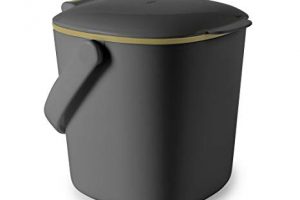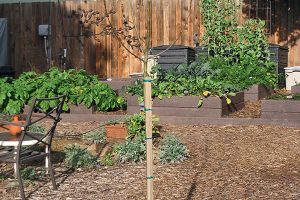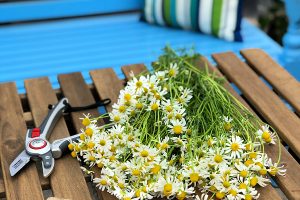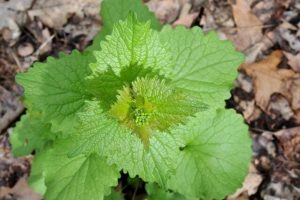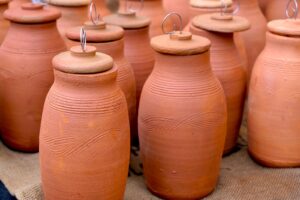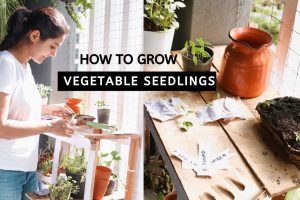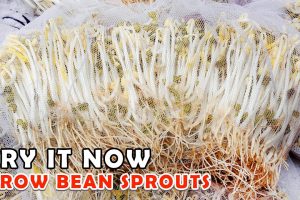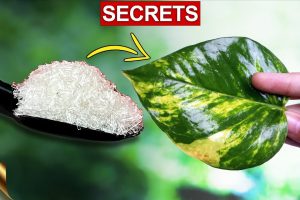
Marsh mallow (Althaea officinalis) is a hardy herbaceous perennial, the root of which was once used to flavour the sweets of the same name. Grown and used for thousands of years for a wide variety of medicinal and practical uses, marsh mallow is found from western Europe to central Asia in damp habitats such as marshes and riverbanks, coastal regions and salt marshes – hence its name. A substantial plant, marsh mallow can grow up to 1.8 m in height and spread, forming a clump of mid-green leaves, shallowly lobed at the edges, which are softly hairy on both sides. Stems clothed with pale pink or white flowers are borne from midsummer to autumn and are very attractive to butterflies.
Marsh mallow plant is not related to two other plant genera that are also known as mallow. These are Lavatera (annual and perennial types) and Malva, including both musk mallow (Malva moschata) and field mallow (Malva sylvestris).
How to grow marsh mallow plant
Grow marsh mallow in fertile, moist soil in full sun, and give it plenty of room to grow. Remove faded flower stems and tatty growth after flowering, and cut back the whole plant while dormant.
What is marsh mallow root used for?
The botanical name of marsh mallow, Althaea, comes from the Latin ‘altheo’ meaning ‘I cure’ and records of its use exist from the times of the Greek and Roman civilisations. The roots, leaves and flowers have all been used to soothe inflammation and irritation in the digestive system, respiratory system, urinary tract and skin. Herbalists supply marsh mallow in a variety of forms including a tincture, syrup, and powder. As with all herbal medicines, use only as instructed by a qualified herbalist or medical practitioner.
Marsh mallow plant forms deep tap roots which have exceptionally high levels of mucilage (a gelatinous substance) which has healing and soothing qualities as well as being edible with a sweet flavour. Marsh mallow sweets were originally made by mixing sap squeezed from mallow roots with egg whites and honey. In the 19th century the French added cornstarch to give the sweet a fluffy texture. Because of the time-consuming process of growing and harvesting marsh mallow root, today’s marsh mallows are made using synthetic flavours.
In addition to medicinal purposes and flavouring the eponymous sweet, the root has been used as a vegetable, particularly in soups and stews.
Where to grow marsh mallow plant

Marsh mallow plant does best in full sun and must be grown in deep, fertile, moisture-retentive or damp soil, although conversely it does not thrive in permanently boggy, stagnant soil. Allow plenty of space for it to grow and develop its deep root system.
When to sow marsh mallow plant
Marsh mallow seeds need a period of cold (known as stratification) to germinate, so sow seed in autumn, either direct where it is to grow or in small pots or modular trays placed in a sheltered spot outside. To germinate marsh mallow seed at other times of year, mix seed with a little damp sand in a polythene bag and place in the fridge for three to six weeks, then sow.
How to plant marsh mallow plant
Plant out as soon as the seedlings are well developed and don’t leave them to become pot bound. Space 45-60cm apart and keep watered during dry spells for the first several months until established.
How to care for marsh mallow plant

Marsh mallow needs little care when planted in moisture retentive soil. During long dry spells, check that the soil remains moist around the roots, and water thoroughly twice a week if required.
If you’re growing marsh mallow for its edible roots, harvest the roots once the plant is two years old. Once the plant has died back and become dormant, in autumn, dig up the whole clump, cut off a portion of the root, and replant the remainder.
How to prune marsh mallow plant
Being an herbaceous perennial, marsh mallow dies back in the autumn so cut back the dead growth anytime before spring.
After flowering, cut back the flowered stem and, if looking tatty, trim the foliage to encourage new, leafy growth.
Pests and diseases of marsh mallow plant
Marsh mallow plants are mainly free of pests and diseases. Flea beetles may nibble holes in the leaves but rarely enough to affect the health of the plant.
Advice on buying marsh mallow
- Marsh mallow is usually only available as seed because the deep tap roots make it unsuitable for growing in pots
- Because of possible confusion with other plants known as mallow, check the botanical name of marsh mallow plant – Althaea officinalis – before buying
Where to buy marsh mallow
- Buy marsh mallow seed from Chiltern Seeds
- Buy marsh mallow seed from Emorsgate Seeds
- Buy marsh mallow seed from Jekka’s Herb Farm










